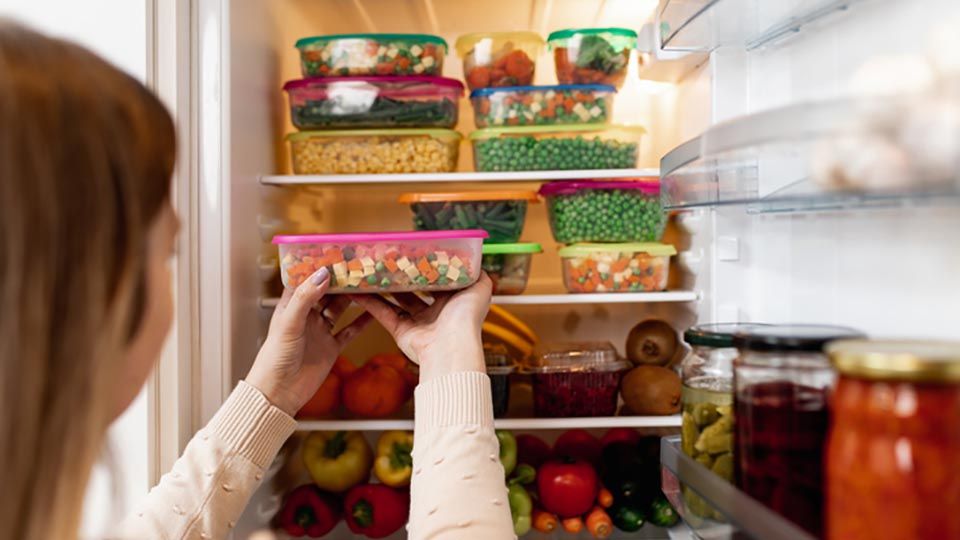Plastic packaging plays a significant role in conserving perishable goods and extending the shelf life of fresh produce.
But at the same time it intensifies the issue of plastic pollution, as progress in reducing plastic waste is mostly driven by recycling rather than the banning of single-use plastic.
Although the issue of single-use plastic packaging is becoming more widely recognised, a thorough approach to packaging and product design must include an evaluation of alternatives’ life cycles.
For instance, glass has a greater carbon footprint due to transportation because it is roughly twice as heavy as most varieties of plastic. Making the switch to paper cartons and packaging may increase the risk of deforestation. There is no obvious fix.
It is estimated that a third of all the food produced globally is wasted. According to the UNEP Food Waste Index 2021, about 931 million tonnes of food waste was generated globally in 2019 – 61% from households, 26% from food services and 13% from retail.
The Intergovernmental Panel on Climate Change’s special report estimates that food loss and waste accounted for 8-10% of the greenhouse gas emissions responsible for global warming between 2010 and 2016.
So we can see that packaging plays a key role in reducing food waste and its associated greenhouse gas emissions, particularly for items where the environmental impact of the food is high relative to the packaging.
However, a recent study published by WRAP showed that fruit and vegetables wrapped in single-use plastic packaging did not prevent food waste, as it forced individuals to buy food in larger packages, which they did not always consume.
In their view, the key factors that determined the amount of food waste after purchase were enabling people to buy the right amount of food, and how the produce was stored.
Consequently, companies need to consider the trade-offs between different types of packaging, or going without packaging for certain food items. If the shelf life is shortened due to a reduction in packaging, this needs to be addressed by making changes to the food supply chain. This might mean focusing more on local food production, or providing a different consumer experience, which enables them to purchase only the food that they need.
Delivering sustainable packaging therefore requires proper dialogue and an understanding of the packaging and food waste landscape.
We have seen increased awareness of plastic pollution risks at the companies in our engagement programme, including food retailers and producers. While we welcome the growing recognition that single-use plastic packaging is a concern, we equally stress in our engagement dialogue with companies that the lifecycle of alternatives must be addressed as part of an all-encompassing packaging and product design strategy.
As processes evolve, sustainable regulations change, and with supply chains in constant flux, new solutions will always be required to ensure sustainability goals can be achieved. We will therefore continue to engage with companies to find adequate solutions for packaging that strike a balance between reducing food waste and ensuring that no packaging pollutes the environment.








